1. Losar Festival
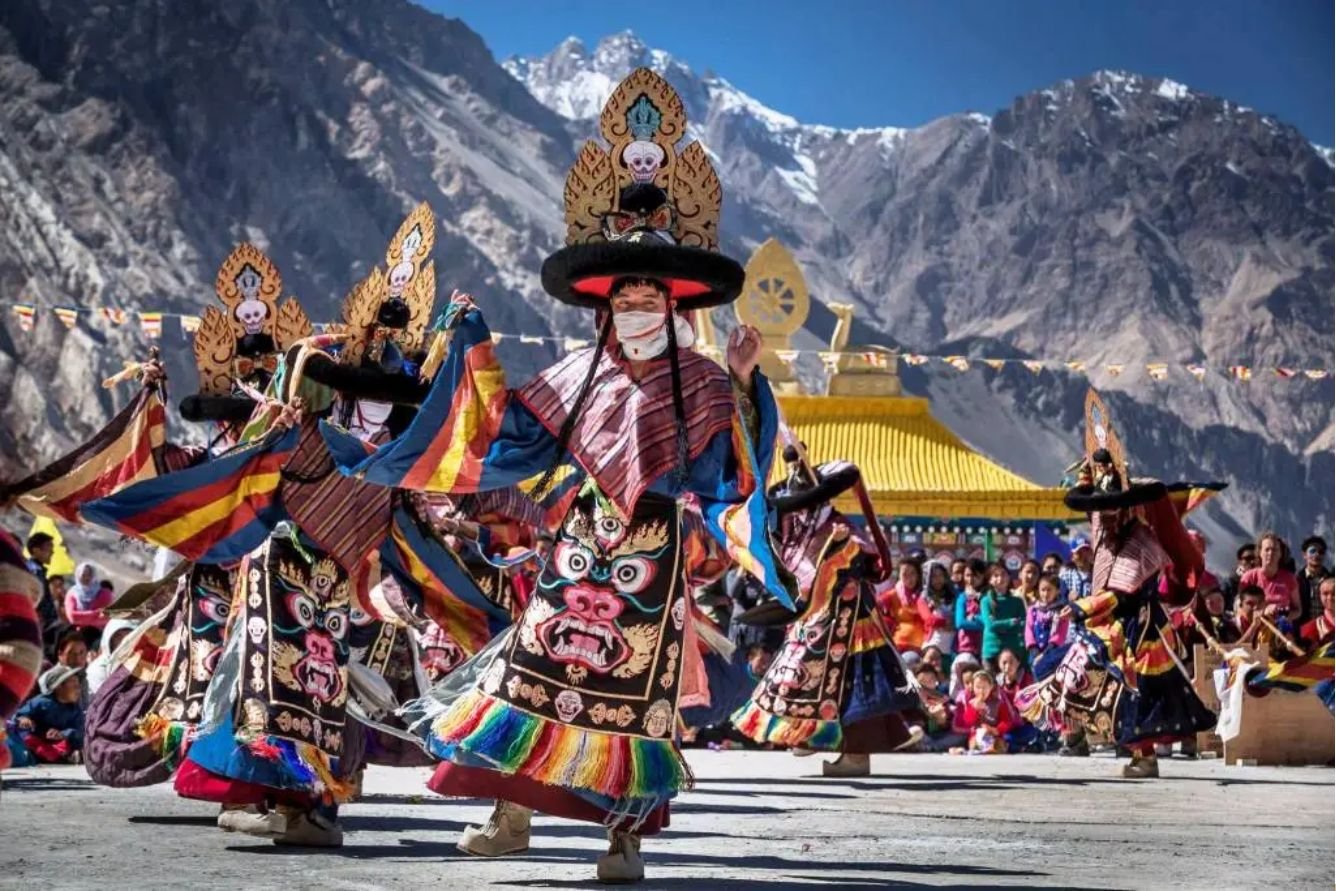
Losar is one of the most important festivals in Tibet, marking the beginning of the new year according to the Tibetan calendar. It's not only a time to welcome the new year but also an occasion for people to perform traditional rituals to ward off evil spirits and pray for good fortune.
The Losar festival typically lasts about 15 days, with the first three days being the most important. On New Year's Eve, Tibetan families perform rituals of burning incense and offering food to the gods to pray for a peaceful new year. On the morning of the first day, people dress in traditional clothing, visit each other, and exchange good wishes. Monasteries also hold solemn ceremonies such as chanting, parades, and masked dance performances to ward off evil spirits.
The atmosphere of the Losar festival is filled with joy, featuring family gatherings, singing and dancing performances, and exciting horse races. It's an occasion for Tibetans to show respect to their ancestors and deities, and a chance for visitors to deeply experience the unique culture of this sacred land.
2. Shoton Festival
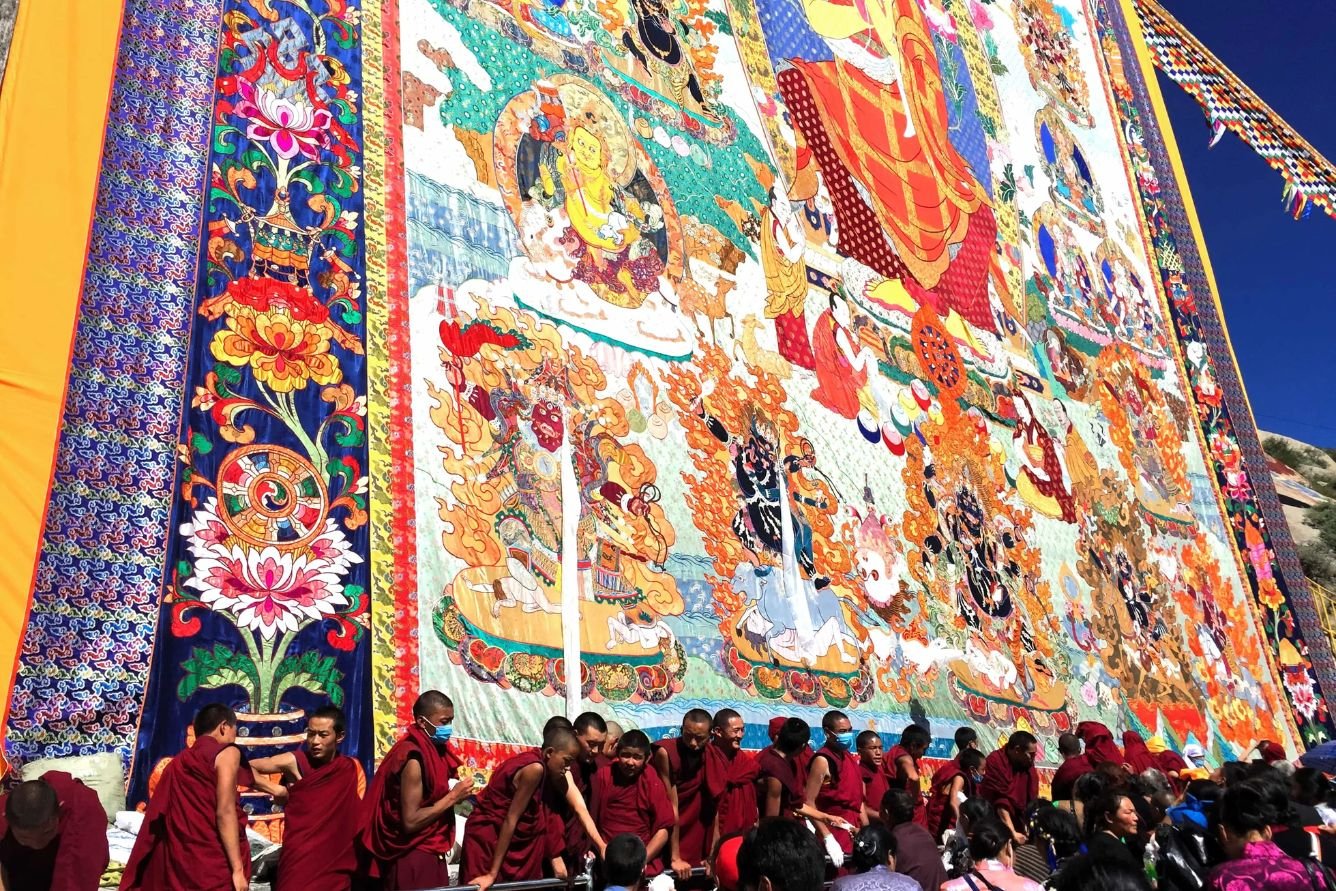
The Shoton Festival is one of the most prominent festivals in Tibet, combining religious and performing arts elements. It typically takes place around the end of June or beginning of July according to the Tibetan calendar, lasting for several days with a series of vibrant activities.
The most important highlight of the Shoton festival is the unveiling of the giant thangka painting at Drepung Monastery. From early morning, thousands of devotees and tourists gather at the monastery to witness the moment the thangka is revealed. This thangka painting, usually tens of meters high, is hand-painted with vibrant colors and depicts images of the Buddha.
Beyond religious ceremonies, the Shoton Festival is also an opportunity for people to enjoy traditional art performances, especially Tibetan opera. Art troupes from across Tibet gather in Lhasa to perform colorful plays, recreating folk tales and Buddhist scriptures. City parks and squares also become spaces for people to have picnics, drink butter tea, and enjoy the vibrant festive atmosphere.
3. Saga Dawa Festival
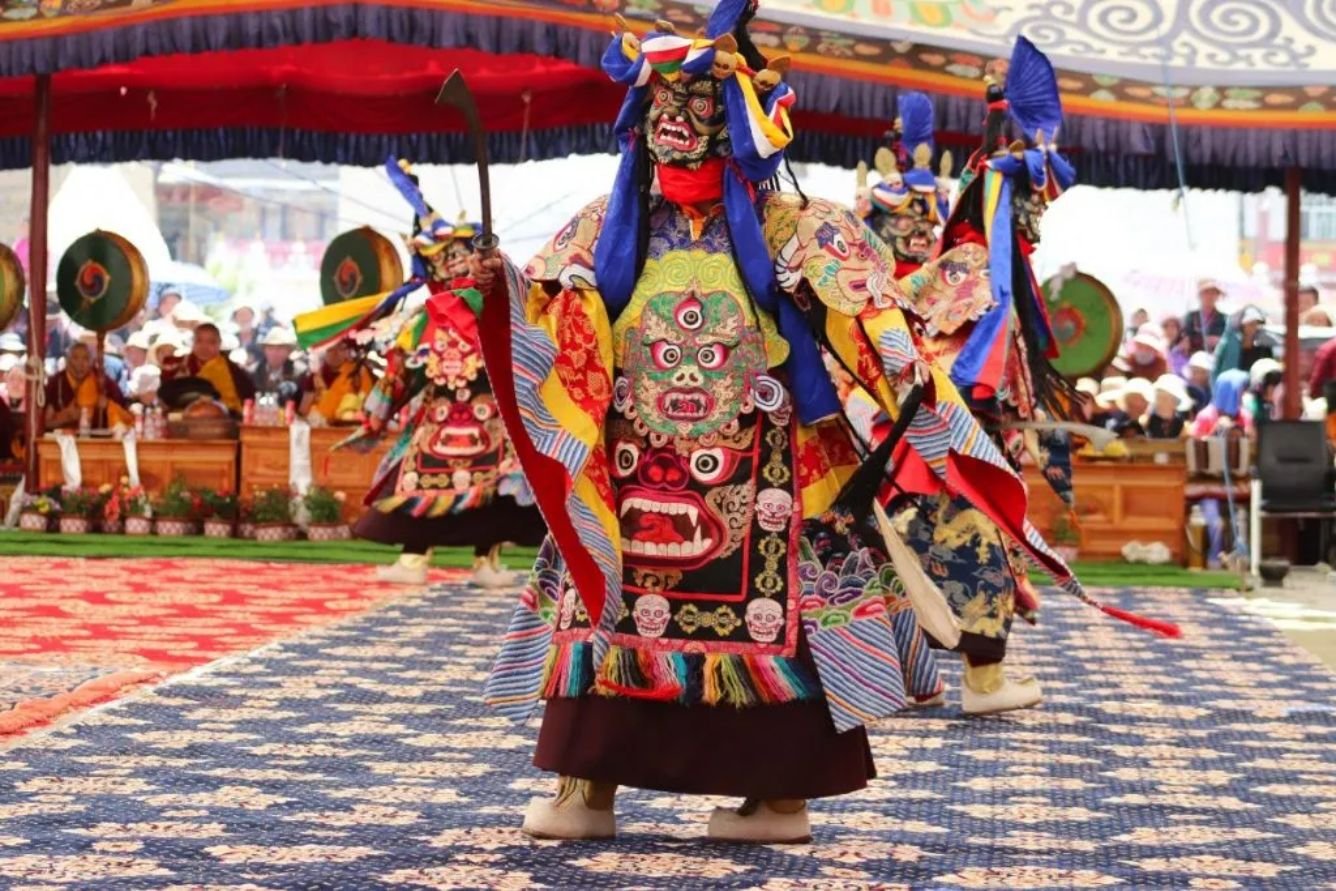
The Saga Dawa Festival is one of the most important festivals in Tibet for Buddhists, as it commemorates three significant events in the life of the Buddha: his birth, enlightenment, and death (Nirvana). The festival usually takes place in April according to the Tibetan calendar and lasts for the entire month, featuring special religious activities.
During the Saga Dawa festival, Tibetans typically perform prayer rituals and walk around monasteries and stupas to accumulate merit. At Mount Kailash, one of the holiest sites in Tibetan Buddhism, thousands of pilgrims from around the world gather to perform the kora ritual – walking around the mountain clockwise to show their reverence.
One of the most important rituals in the Saga Dawa festival is the ceremony of replacing the prayer flagpole at the foot of Mount Kailash. Hundreds of monks and devotees will together erect a new flagpole, hanging thousands of prayer flags in the hope of bringing peace and happiness to all beings. The atmosphere of the festival is filled with solemnity and reverence, making anyone who attends feel a deep spiritual connection.
4. Garden Thangka Festival
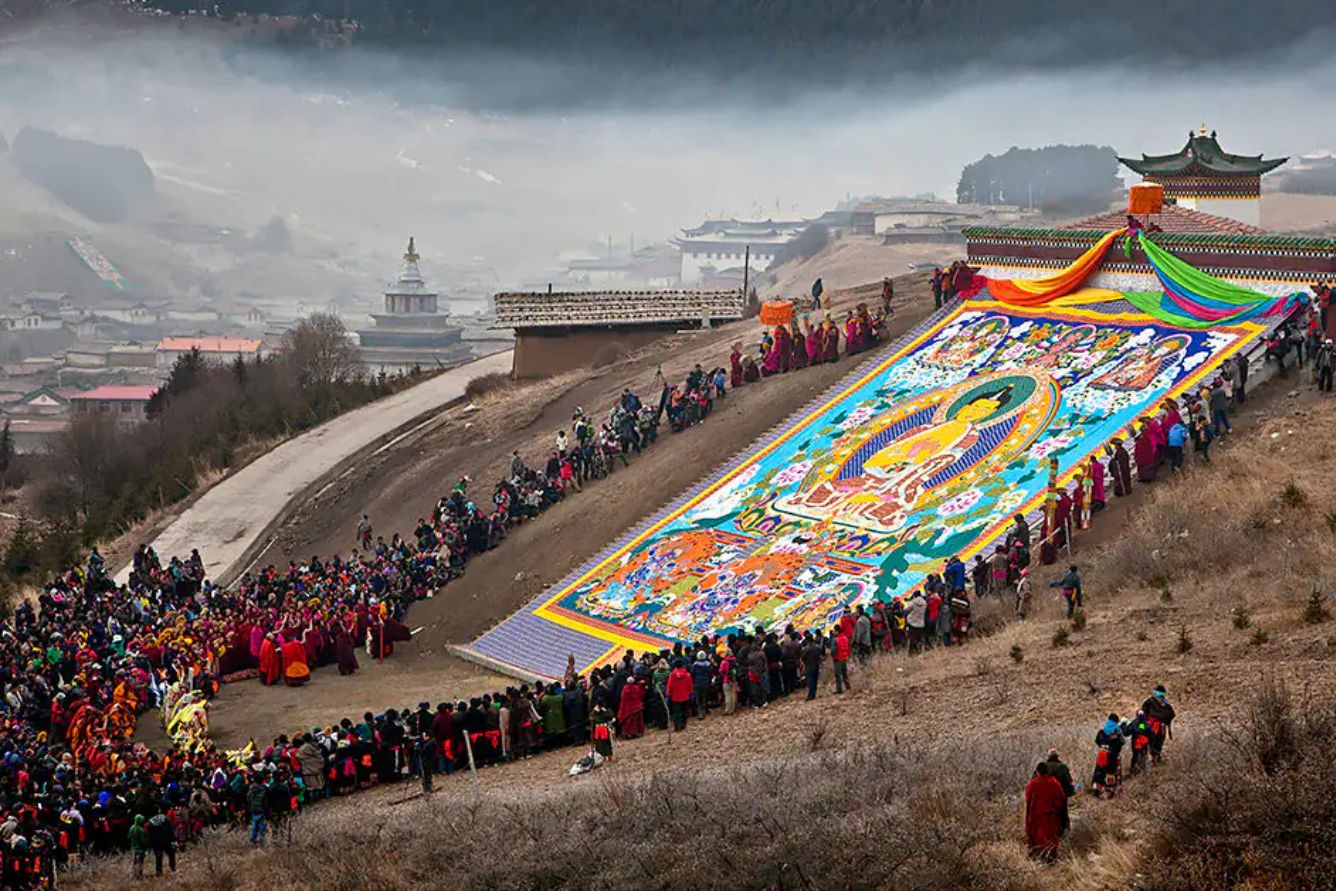
Ganden Thangka Festival is one of the most deeply religious festivals in Tibet, taking place on the 15th day of the 6th month of the Tibetan calendar at Ganden Monastery. It is an occasion for Buddhist followers to show their reverence to the Buddha and the high monk Je Tsongkhapa – the founder of the Gelug lineage of Tibetan Buddhism.
The highlight of the Ganden Thangka Festival is the unveiling of a giant, elaborately embroidered thangka painting depicting the Buddha. Thousands of devotees gather at the monastery from early morning, bringing offerings to make and pray before the thangka. As the painting is unveiled on the mountainside, prayers resound, creating a sacred and emotional scene.
Besides the thangka display ritual, the Ganden Thangka Festival also includes chanting, parades, and food distribution for the poor. This is an opportunity for Tibetan people to perform good deeds, accumulate merit, and spread the compassionate spirit of Buddhism.
5. Bathing Festival
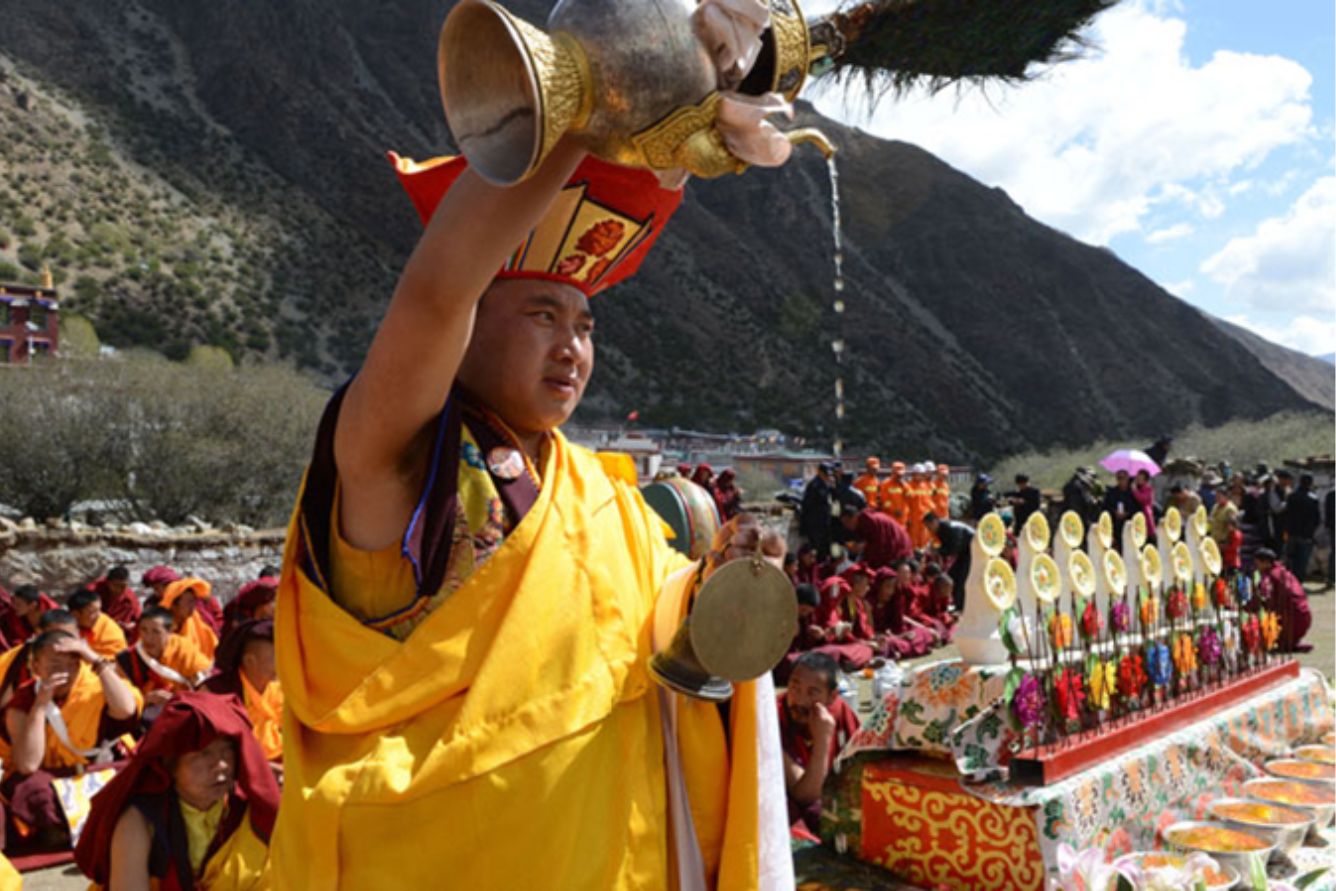
The Bathing Festival is one of the most unique festivals in Tibet, taking place in the seventh month of the Tibetan calendar. During the festival, people believe that the river water at this time is blessed by the gods and has the power to cleanse both body and soul.
Tibetan people gather in the river to bathe, wash clothes, and perform purification rituals. They believe that the water during this time can ward off illness, bring good luck, and promote good health. The festive atmosphere is incredibly joyful, with everyone singing, dancing, and enjoying peaceful days by the sacred water.
The Bathing Festival is not only a religious ritual but also reflects the spirit of community among Tibetans. It is an occasion for people to share joy, connect with nature, and express gratitude for the precious water resources that nature provides.
Tibetan festivals are not only spiritually significant but also offer visitors the opportunity to delve deeper into Tibetan culture and customs. Each festival has its own unique characteristics, reflecting the unwavering spirit, reverence, and love of nature of the people there. If you have the chance to visit Tibet, experience these festivals to appreciate the unique beauty of this sacred land, considered one of the most holy in the world.
Source: https://travel.com.vn/tin-uc-du-lich/le-hoi-o-tay-tang-v16715.aspx








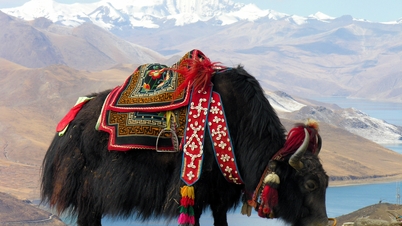

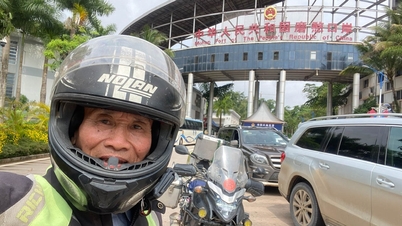
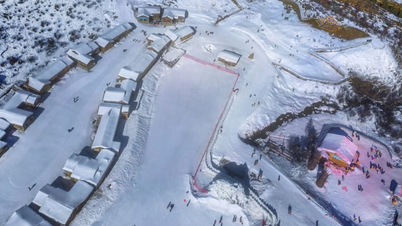





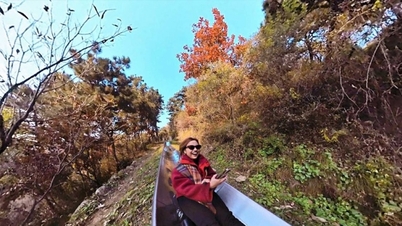





















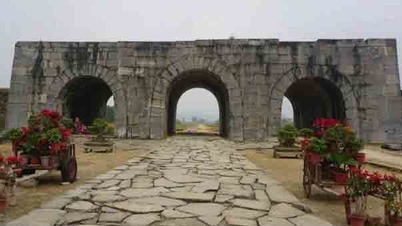
































































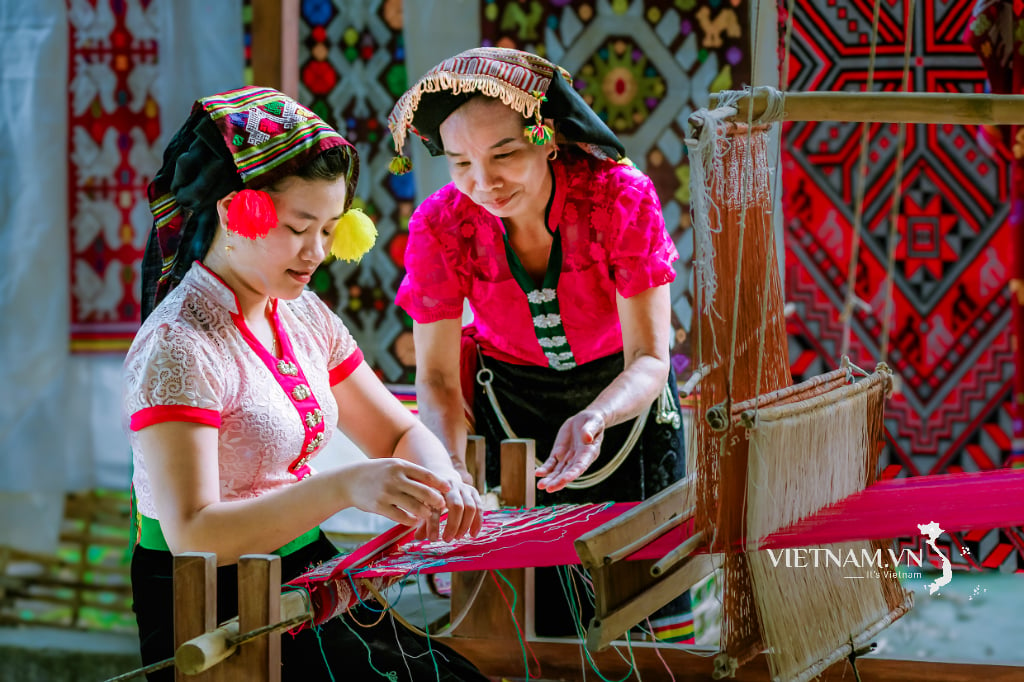

Comment (0)